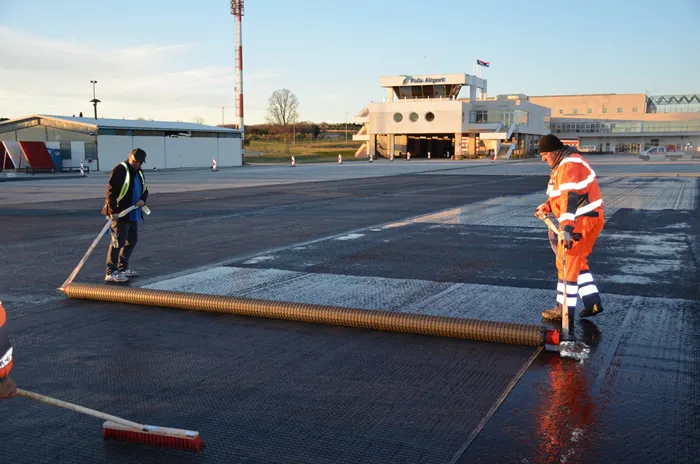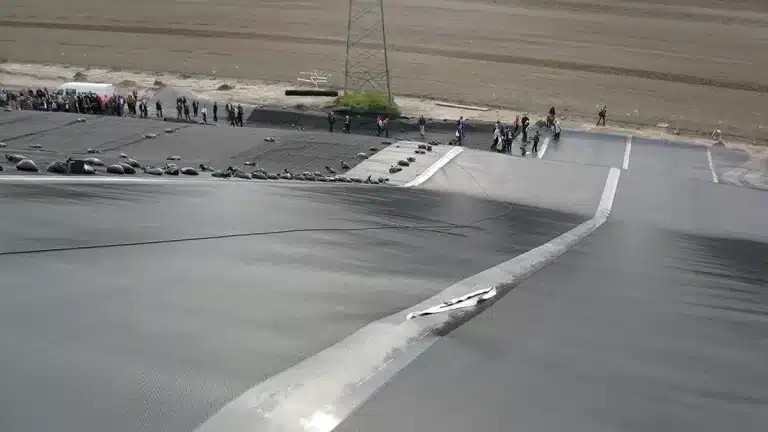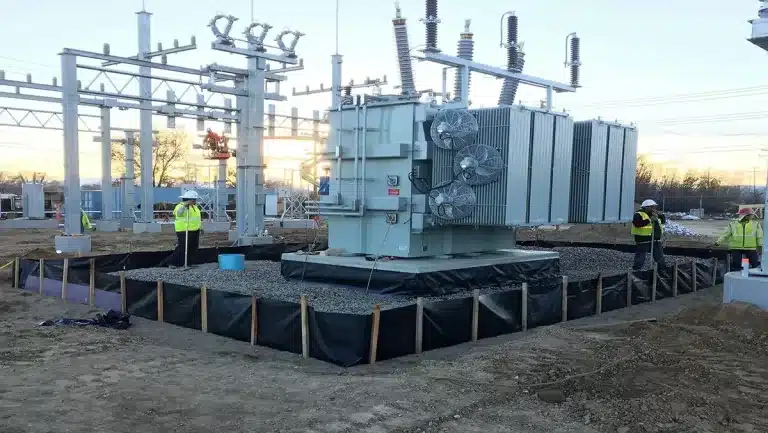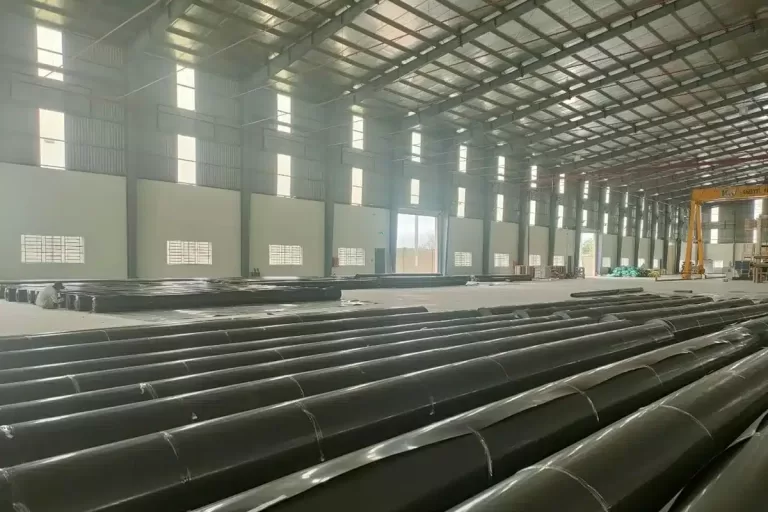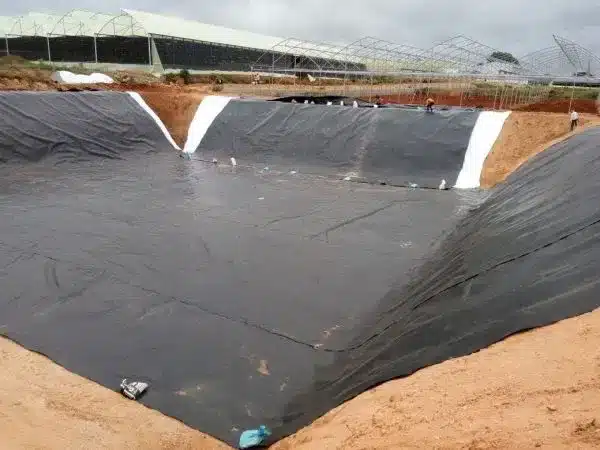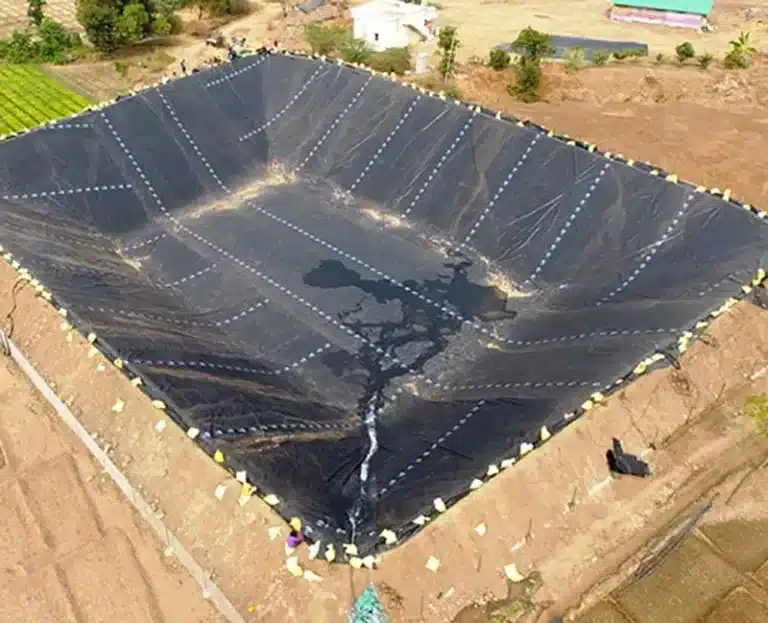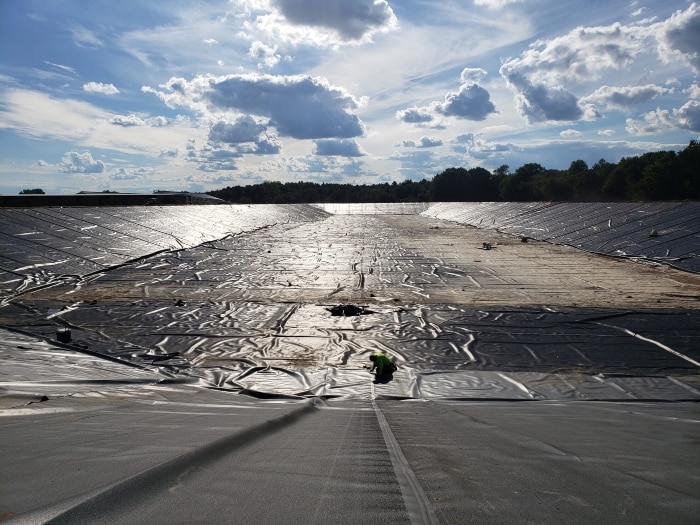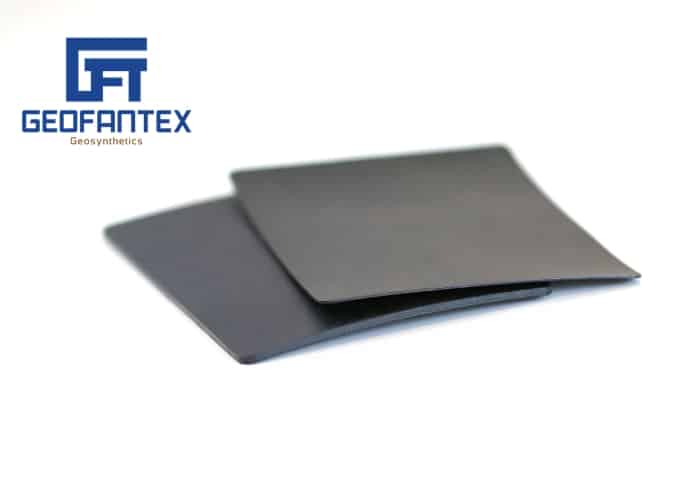Geomembranes: Durability, Resistance, and Technological Evolution
Geomembranes have become an essential component in modern environmental, geotechnical, and hydraulic engineering projects. Acting as impermeable barriers designed to manage liquid or gas migration in a myriad of applications such as landfill liners, pond liners, and in mining operations, the durability of geomembranes is a subject of crucial importance. This article aims to shed light on how durable geomembranes are, exploring their lifespan, resistance to various environmental conditions, installation factors affecting durability, and advancements in technology that enhance their longevity.

